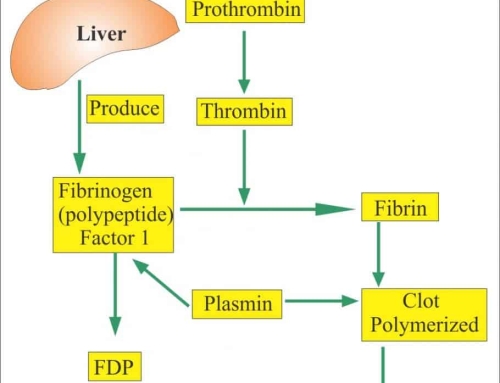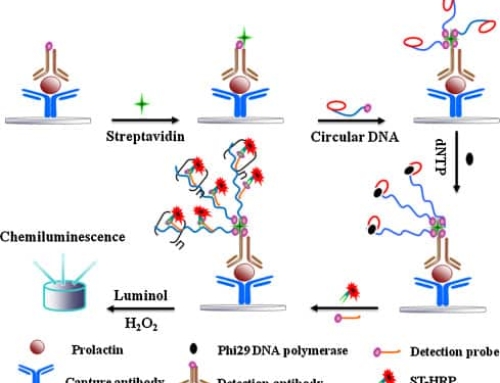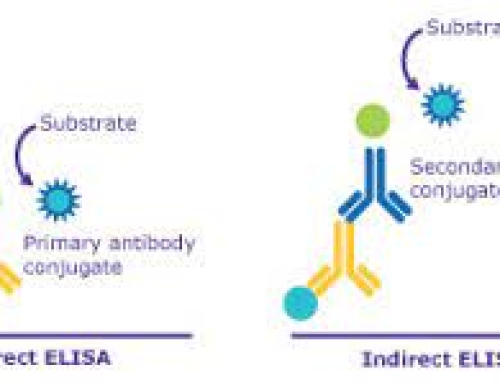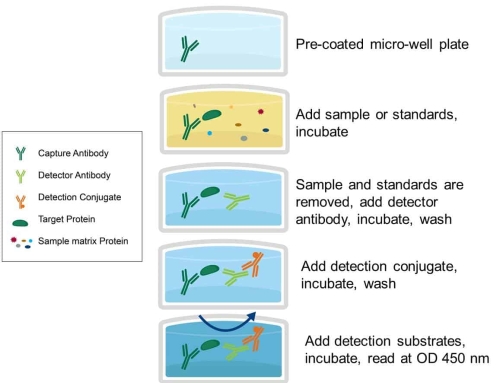Chemiluminescence analysis is a kind of trace analysis method based on the intensity of light radiation produced by chemical reaction. This technique has been paid more and more attention. It has high sensitivity, wide linear range, no need for foreign light source, simple equipment, convenient operation, fast analysis, easy automation, cheap price and selectivity. Common chemiluminescence techniques include electrochemiluminescence, chemiluminescence immunoassay, microparticle chemiluminescence and so on. This article mainly explores the application of this technique in clinical examination.
Chemiluminescence Classification Clinical application Chemiluminescence (CL) was confirmed as early as the 1880s, when instantly released energy in the form of photons during a chemical reaction. Chemiluminescence method has been widely used in medical examination because of its advantages of high sensitivity, wide linear range and fast analytical speed.
I Basic connotation of chemiluminescence
Chemiluminescence analysis is a highly sensitive trace and trace analysis method developed in recent 30 years. Chemiluminescence analysis has high sensitivity, wide linear range and no need to light source, fast analysis speed, relatively simple equipment, cheap and other advantages. Chemiluminescence analysis can be divided into direct method and indirect method. chemiluminescence analysis reaction types can be divided into enzymatic reaction and non-enzymatic reaction. In addition, chemiluminescence analysis can be combined with other analytical techniques, such as flow injection analysis, electrochemical analysis, immunoassay, immobilized reagent technology, sensor technology and other analytical techniques.
II Common chemiluminescence techniques
first, electrochemiluminescence. The technique is applied by applying a certain voltage to the electrode A trace analytical method for determining the content of a substance by measuring its spectra and intensity. it combines electroanalytical chemical means and chemiluminescence methods with unique advantages, such as further improvement of reproducibility and sensitivity, and selective measurement of signals with different waveforms and different voltages can be applied in the presence of multiple components at the same time, which is one of the potential analytical means.
Secondly, chemiluminescence immunoassay is a kind of non-radiolabeled immunoassay based on labeled luminescence agent. It has high sensitivity, wide linear range and simple instrument and equipment The advantages of easy operation, fast analysis and easy automation. luminol, isorubicin and its derivatives, acridine derivatives, horseradish peroxidase and alkaline phosphatase are the most commonly used markers in chemiluminescence immunoassays.
third, microparticle chemiluminescence is a special form of chemiluminescence immunoassay. it is an enzyme immunoassay using chemiluminescence agent as substrate. at the same time, magnetic beads are applied as solid phase carrier, which increases the adsorption area and maximizes the binding of antigen and antibody. The microparticle chemiluminescence technology requires very few specimens and greatly reduced incubation time due to its selection sex adsorb antigens, thus improving specificity and sensitivity, making the determination results accurate, reliable, and reducing contamination.
fourth, chemiluminescence biosensors are techniques for continuous, real-time, and dynamic detection of one or several substance concentrations in an organism through non-traumatic or non-invasive methods. In particular, chemiluminescence immunosensors are made by immobilization of antigens or antibodies with molecular recognition in an appropriate manner, which combine the high sensitivity of chemiluminescence and the specificity and non-pollution of antigen-antibody specific binding, and are important analytical tools for alternative radioimmunoassay, has received increasing attention.
III. Application of chemiluminescence analysis in clinical laboratory
First, chemiluminescence with diseases of the blood system, chemiluminescence immunoassay is sensitive in the determination of G-CSF, which can be used to determine the serum G-CSF in normal people or patients with suspected G-CSF reduced disease, which has a certain effect on predicting the effect of immunosuppressants on aplastic anemia. for example, chronic myeloproliferative disorders such as chronic myeloid leukemia and true polycythemia (pv) are associated with neutral leukocyte dysfunction. Pv’s PMN in use reduced chemiluminescence and ding after skin cleansing (fmlp) stimulation. which is associated with impaired phosphoacetate D activity. The amount of chemiluminescence without or without PMA stimulation is normal. Chronic myeloid leukemia patients can also observe this phenomenon, but to a lesser extent.
Second, chemiluminescence and digestive diseases. Helicobacter pylori (HP) plays an important role in the pathogenesis of chronic gastritis and peptic ulcer. Histological studies have shown that the gastric mucosa infected with HP has the characteristic of attracting neutrophil accumulation. Enhanced chemiluminescent reactive soils in luminol exhibit enhanced; ulcerative junction Enteritis patient colon mucous membrane surface although have neutral white blood cell infiltration. But it was found that there was no significant difference in the peak, peak, slope of luminescence in patients with ulcerative colitis compared with normal people. Only 27% of patients with active ulcerative colitis had increased chemiluminescence. The possible reason is that in these patients the neutral white vesicles do not play a major role or are not highly active. chronic liver disease (especially in hcc)0: production and hzoz-mpo-cl-system is suppressed. Both chemiluminescence dependent on Cypridina and chemiluminescence dependent on Luminol were reduced. But chronic liver Inflammation induced luminescence enhancement due to the increase of immune complex content in vivo, and basal chemiluminescence enhancement compared with normal group. The response ability and serum conditioning activity of phagocytes were not significantly impaired because of the in vivo immune complex. Therefore, the changes of basal luminescence, peak time and slope of acute hepatitis were not obvious, but the peak of unit PMN was lower than that of normal.
Third, chemiluminescence can accurately detect cardiovascular diseases. For example, in acute myocardial infarction, the chemiluminescence of neutrophils increases gradually and highly correlated with ck mountain strips. Therefore, the condition can be estimated by the change of PMN-CL in patients. The chemiluminescence value of coronary heart disease angina pectoris is increased.
Fourth, chemiluminescence and endocrine diseases. First, thyroid disease. Thyroid hormone is commonly used in the diagnosis of many clinical diseases (especially thyroid diseases). thyroid hormone (th) has antioxidant effects, which may be due to neutral leukocyte-specific receptor-one-ligand interactions. The antioxidative effect of TH can be determined by the enhanced chemiluminescence method of luminol. Second Diabetes. patients activated nadph oxidase on a polymorphonuclear leukocyte (pmn) membrane to produce superoxide anion radicals due to soluble or granular factors, and then transformed into hydrogen peroxide and light free radicals. The basal chemiluminescence values of PMN isolated from diabetic patients were significantly higher than those of normal subjects. However, when NADPH oxidase was inhibited or hexose phosphate bypass was blocked, the chemiluminescence values of the diabetic and normal groups were inhibited to varying degrees. No can be determined in a variety of ways, but chemiluminescence is one of the most desirable. NO itself does not produce chemiluminescence when reacting with superoxide anion produce very strong light, exogenous arginine into the reaction system, the chemiluminescence value will be more significantly increased. The chemiluminescence of diabetic patients can also reflect the level of circulatory immune complex. patients with high circulating immune complexes, the chemiluminescence value is also high.





